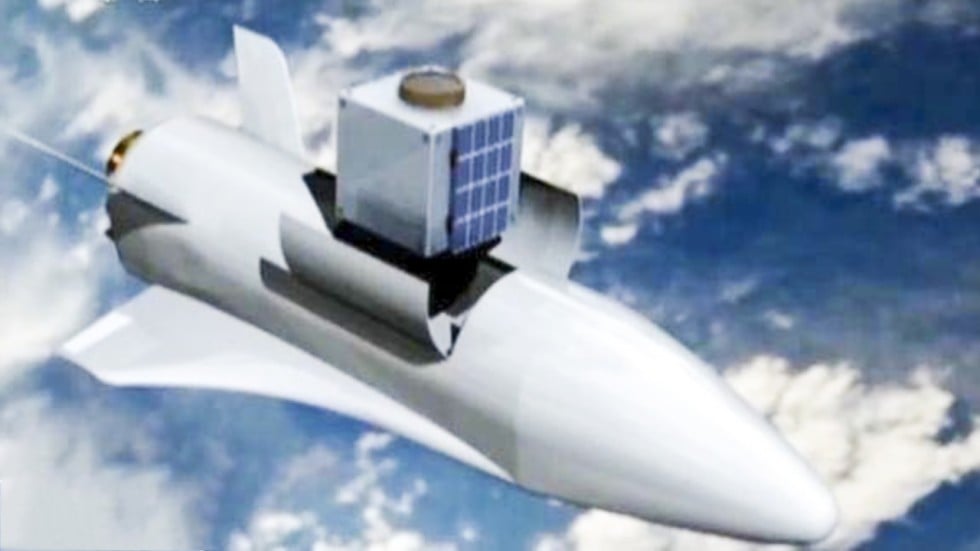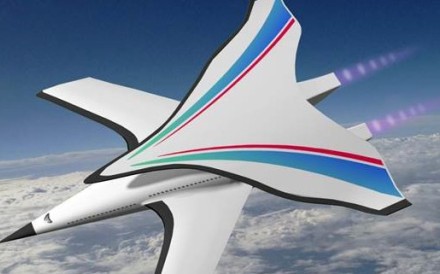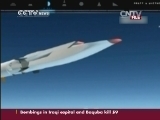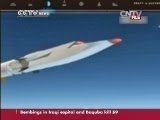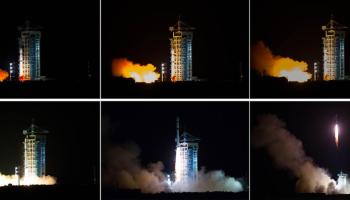https://youtu.be/45zxSKSvJ00
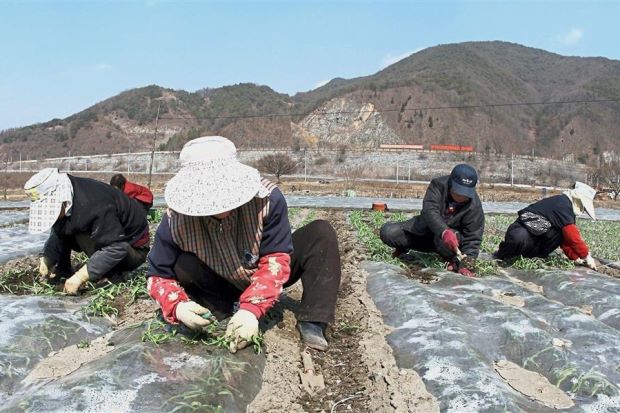 |
A tough life: Malaysians seen working at a vegetable farm near Seoul.
https://richard-rightways.blogspot.my/
|
SEOUL: An estimated 5,000 Malaysians are working and staying illegally in South Korea, with the less fortunate ones forced to live like refugees and always on the run from the authorities.
Lured by job advertisements that claimed they could make money hand over fist in the land of K-pop and Descendants of the Sun, they paid recruitment agents thousands of ringgit in fees and entered the country on tourist visas.
Unfortunately, many of them have been left in dire straits after finding out that reality did not match up with the promises.
Star Media Group’s Bahasa Malaysia news portal mStar Online sent a team to South Korea to look into their plight and found many of these Malaysians stranded and destitute.
Their problems, first highlighted by the portal in a series of special reports in association with The Korea Herald in January, ranged from suffering permanent disability after workplace accidents to being left broke and homeless when they were fired by their employers.
Among the locations the team visited were Itaewon in the central region and Daeso and Muguk in Eumseoung district, about 80km from Seoul.
A Malaysian who wanted to be known only as Farhan said he and two of his friends have been homeless for more than two months since they were fired without pay after working at a seaweed processing company for just one week.
“I was fired because I came down with fever a week after starting work. We have to rely on our friends for food,” he said, adding that sometimes they only had biscuits to eat.
The 24-year-old said that on weekends, they would sleep at the Seoul Central Mosque, while on weekdays, they would stay at a friend’s house.
Visiting the mosque, the mStar Online team found several bags in the corridors, believed to belong to the foreign workers who sleep there.
Another Malaysian, who did not want to be named, said she had to live in one house with 18 others.
The woman, who works on an onion and sweet potato farm, said the house is so overcrowded that some of them have to sleep in front of the toilet or on the kitchen floor.
She and her housemates said there had been cases of Malaysians being physically abused if they did not work fast enough.
Their story was echoed by others the team interviewed, as well as those who came forward in the earlier reports in January, and because of their illegal status, they are often exploited, made to work long hours without rest and barred from talking to their colleagues.
The risk of accidents is also great because they are seldom given briefings or safety equipment and protective gear.
After such hardship, their labour sometimes even goes unrewarded because of employers who, taking advantage of their workers’ illegal status, hold back their pay in the belief that they would not dare report it to the authorities.
As a result, many suffer in silence for fear of being detained by the authorities, and are ignorant of their rights as workers.
Winter in South Korea will come to an end later this month. Without money, shelter or a way home, these stranded Malaysians can only wait it out, and hope for new job opportunities that will be available in the spring.
Source: The Star by nadia shaiful bahari
Malaysian workers ‘living underground’
 |
| Some of them are forced to live on the streets. |
• The lucky ones
These are the “successful” ones who entered the country on tourist visas, have the funds to return home or travel to other countries after these visas expire. They then return to South Korea on new tourist visas and take up jobs here again.
Those in this category are considered fortunate because they have responsible employers who pay them as promised. They have also managed to evade the authorities.
• Those who overstay
There are also Malaysians who took the risk of overstaying. They are either working or waiting for other job opportunities. They can get by as long as they are not caught or face workplace issues such as accidents or exploitation by their employers.
Generally, it can be said that those who belong to the first two groups managed to realise their dream, have a place to stay, and are living comfortably in a foreign land.
• The unemployed and homeless
On the other hand, there are those who have been made homeless and forced to sleep in mosques or rely on the kindness of friends.
Their situation is caused by several factors: they may have been cheated by recruitment agents, had their salaries withheld, or had their contracts terminated, leaving them with nowhere to live and no funds to return to Malaysia.
• Waiting for spring
Job opportunities drop considerably during winter. Those without work are forced to endure the cold and wait for spring, which brings more job openings with it.
Those who have the money would not find the winter months a problem, but the unemployed have to depend on others for food and shelter.
• Accident victims
There are also those who overstay because of workplace accidents. They have to remain behind while waiting for their cases to be heard at the Labour Office so that they can claim compensation from their employers.
• Those on medical visas
Some of those hurt in workplace accidents are fortunate enough to be granted medical visas by the authorities, enabling them to stay in South Korea until their treatment is completed.
The specific reasons for not returning home vary from one individual to the next. Some may be victims of circumstance, while others are just determined to achieve their goals and earn as much as they can before coming back.
And with each new job opportunity that comes along, a new set of risks and hazards arises.
Malaysians lured by higher pay
 |
| Getting the story: Nadia speaking to an agent about the risks of illegal employment in South Korea. |
 PETALING JAYA: The Malaysians who brave the perils of working and staying illegally in South Korea do so because of monthly salaries advertised in the range of RM6,000 to RM12,000.
PETALING JAYA: The Malaysians who brave the perils of working and staying illegally in South Korea do so because of monthly salaries advertised in the range of RM6,000 to RM12,000.In fact, recruitment agents say, they choose to go even after being told of the risks involved.
It is estimated that as many as 5,000 Malaysians have gone there since 2016, to work in factories producing kimchi, cosmetics, calendars, furniture, auto spare parts and aluminium, among other items.
When the big pay they expected does not materialise, usually because of workplace accidents or exploitation by unscrupulous employers, they often find themselves homeless and broke.
An mStar Online team probing their plight spoke to one agent who said about 800 Malaysians had used his services last year alone.
The agent, who asked to be known only as Nasir, said he charged each customer RM2,800.
The amount covers securing the job, a return air ticket and a South Korean job agency’s fees.
According to The Korea Herald, there are about 251,000 illegal workers from various countries working in South Korea.
This group is highly exposed to occupational hazards and is at risk of being duped or exploited by employers because of their immigration status.
Local agents as well as aid volunteers in Seoul said Malaysians made up about 5,000 of the overall figure.
Taufik, another agent, said he knew of about 20 others who were in the same line.
“I personally handled trips for almost 100 Malaysians to South Korea since 2016,” he added.
He said not all agents were responsible enough to inform their clients of the risks.
Taufik said he was honest in his dealings and made sure those who used his services were fully aware of the risks they faced as illegals working in South Korea.
However, he was surprised to see that all these potential problems did not deter a single one of his clients from going to South Korea, which reportedly had the highest household income in Asia.
“There are agents who do not give clear information, but I tell my customers about the real situation and ask them to think carefully before going.
“Among the most important things they must have is a strong spirit.
“This is just my side job. I have my own business. I don’t depend on their money,” he told mStar Online.
Taufik claimed he only pocketed RM500 to RM600 of the RM2,500 fee he charged clients.
Based on surveys and from talking to agents and their clients, the team learned that an agent stood to make up to RM15,000 for every batch of recruits – ranging from 10 to 30 per group – sent to South Korea.
Another agent, Azhar, said it was easy to get through immigration checks there as the job seekers posed as tourists.
To prove they were just visiting, Azhar said he would provide them with fake return tickets to show to South Korean immigration officials.
His package, priced at RM2,500, includes one night’s accommodation, a prepaid T-Money payment card, job arrangement charges and transport to the workplace.
Source:Star by nadia shaiful bahari
Related News:
Hard choice for Malaysian in South Korea - Nation | The Star Online
The former flight attendant used a tourist visa to enter the country and work illegally in a steel factory, where she met with the accident. Sally (not ... “I received treatment, monthly expenditure and some compensation, but only after I got help from a Malaysian activist who fights for the rights of workers like us.
https://youtu.be/v8VWY-1fRbA
Stain on image of Malaysians - Letters | The Star Online
In a knot after going to South Korea to earn wedding expenses

Malaysians Lured by high pay and benefits - Nation | The Star Online
Demanding conditions: Workers labouring at a
construction site in Seoul. Malaysians, using tourist visas to work as
illegal labourers, take up tough jobs in the manufacturing, construction
and plantation sectors in South Korea. — AP
Choi sentenced to 20 years’ jail
Related posts:







